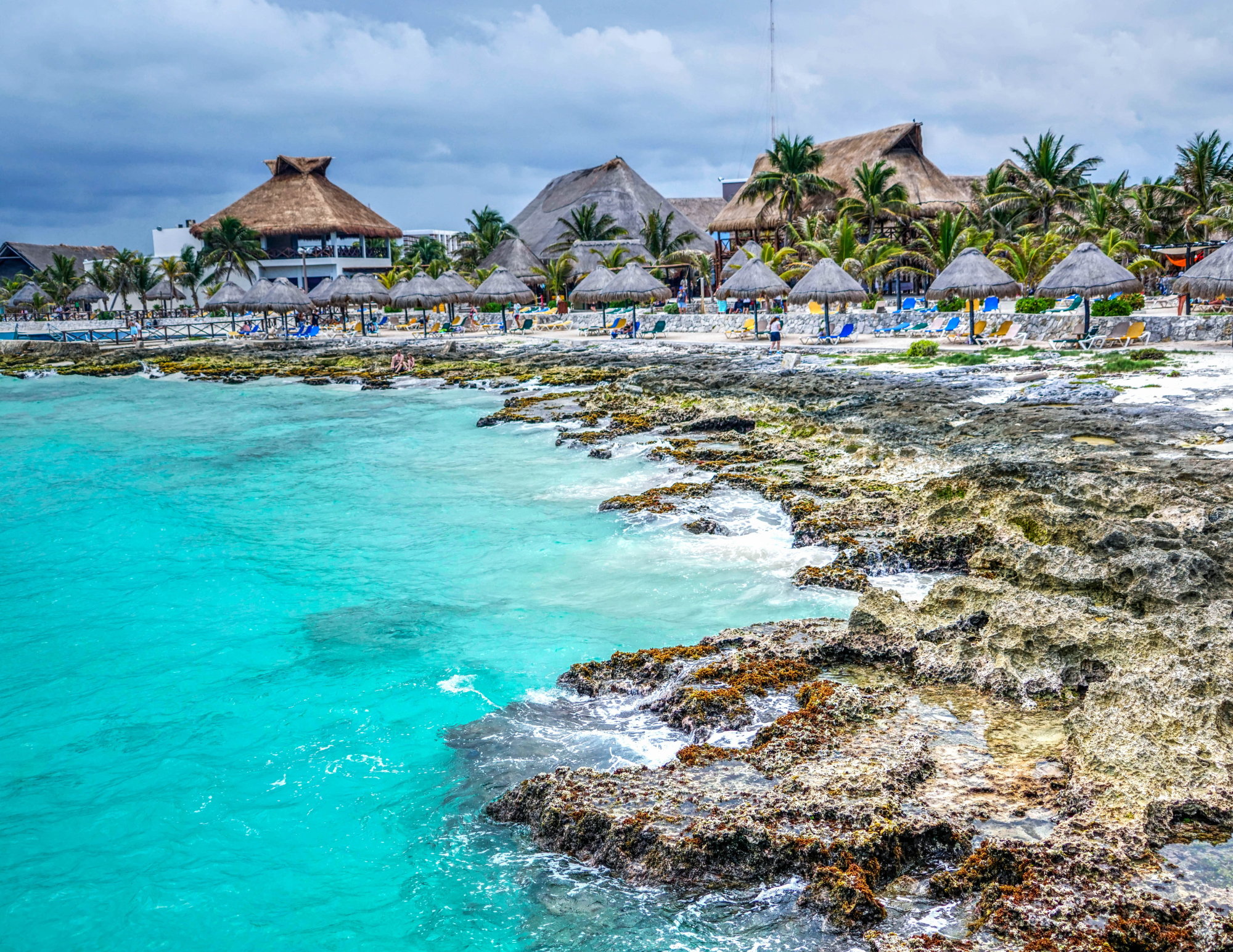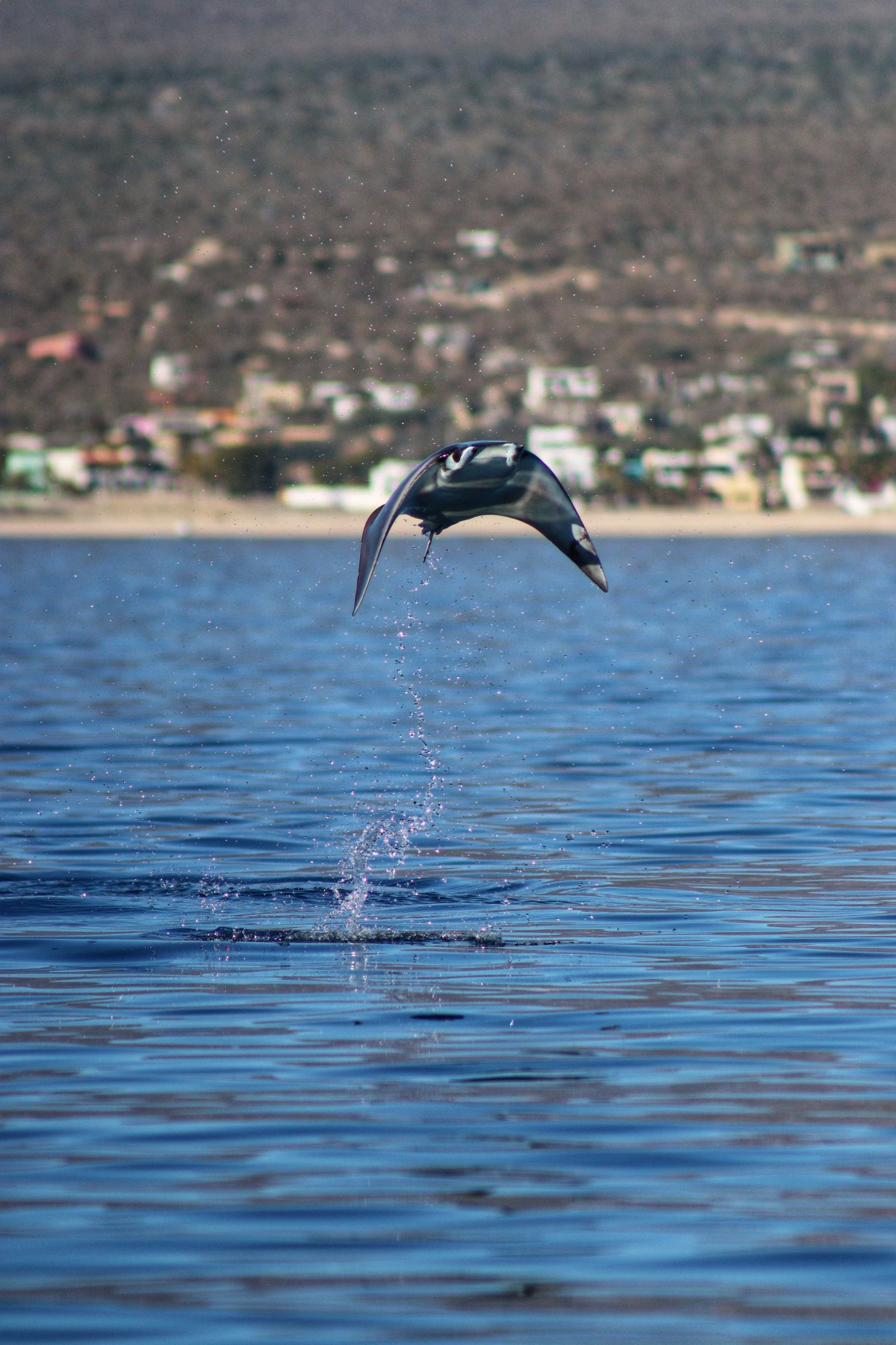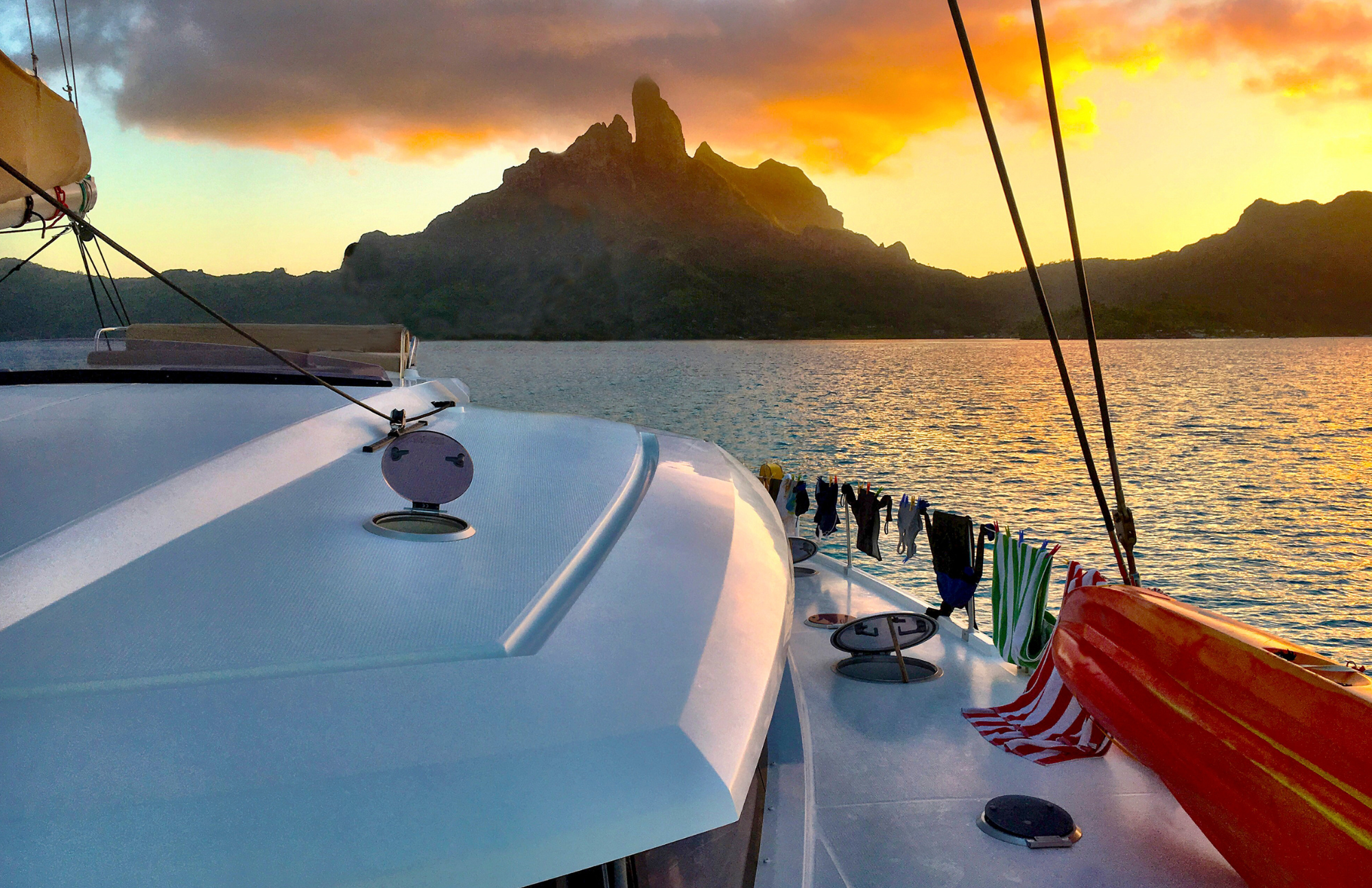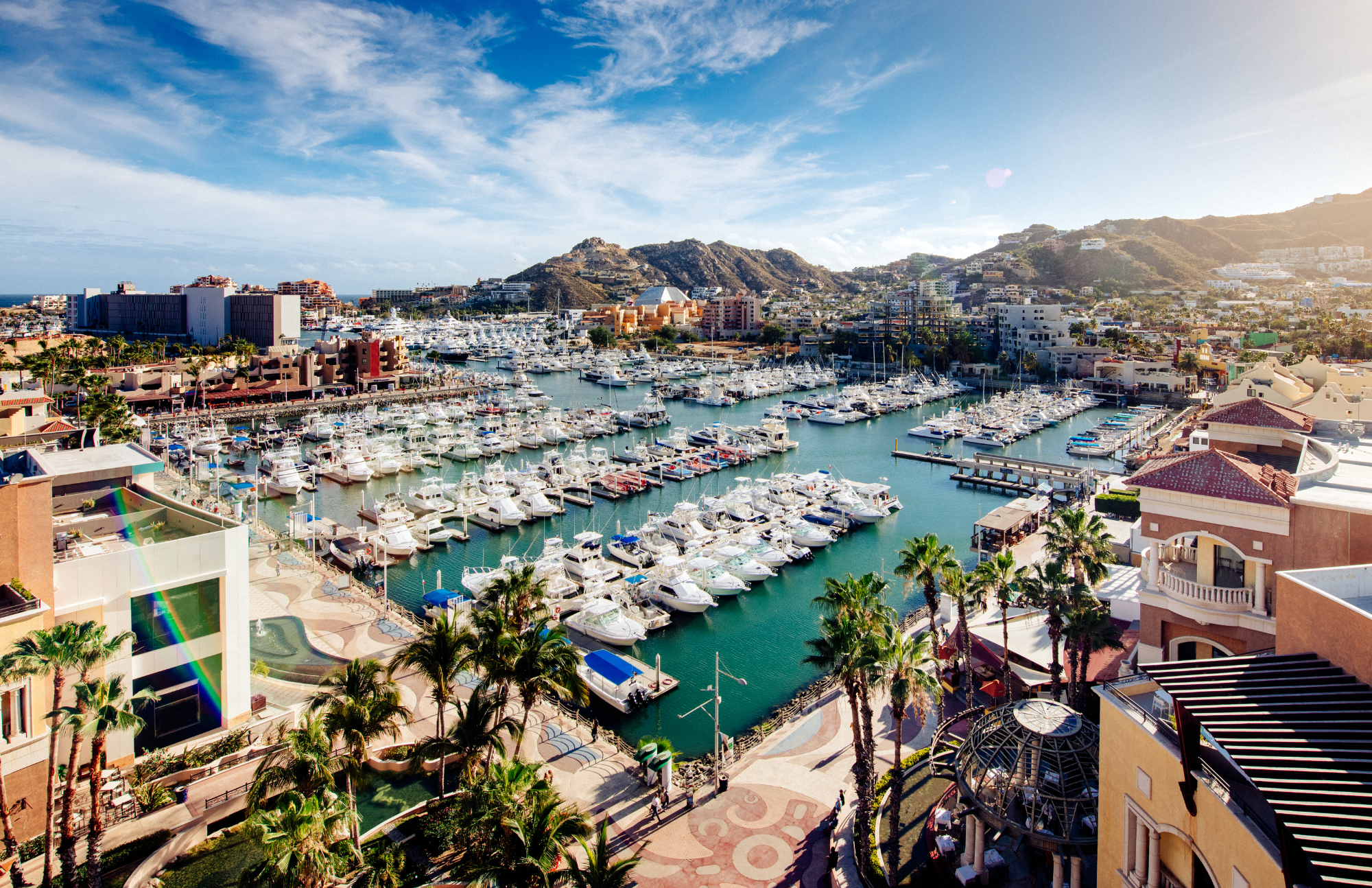I’m writing this from an airport lounge, staring down a long flight back to the U.S., and figured it was the perfect moment to reflect on a trip that genuinely exceeded every expectation. This was our first time in Africa, and planning felt daunting at first — so I hope this recap helps anyone mapping out a similar adventure. If you’re daydreaming destinations for a celebration trip, this also pairs perfectly with Dream Destinations for a Milestone Birthday.
We travel often — especially around Baja, La Ventana, and the Sea of Cortez through Ventana Travel — but Africa is a whole new world of magic.
The Basics
When: November 5–18
Where:
-
2 nights – Giraffe Manor (Nairobi, Kenya)
-
3 nights – andBeyond Bateleur Camp (Kenya)
-
2 nights – andBeyond Serengeti Under Canvas (Tanzania)
-
3 nights – andBeyond Grumeti River Lodge (Tanzania)
Who: My husband and I, late 30s
Booked Through: andBeyond (including internal flights, transfers, Giraffe Manor, and day rooms in Nairobi)
andBeyond’s pre-trip prep was outstanding — a complete guide with packing tips, visas, weather expectations, and a personalized itinerary. Their WhatsApp support on the ground made connections seamless, even when bush-flight schedules shifted with little notice. Someone was always waiting for us at each airstrip. Everyone we met had been with the company for years, were passionate about conservation, and seemed genuinely happy — which says a lot.
Weather & Packing Reality Check
November is the “short rains,” but we had one hour of downpour total. Mornings on game drives are chilly, so pack warm layers. Luggage limits on bush flights hover around 15kg, but a Patagonia 70L duffel + backpack was plenty. I’d pack even lighter next time.
Crowds were blissfully low — every camp averaged half-capacity — and pricing was nearly half of peak season.
Bateleur Camp – Kenya
Our safari began in the Mara Triangle, a perfect introduction to the bush. We were met by the guide who stayed with us for the entire stay, and because most guides here are local, their knowledge and instincts were next-level. We saw the Big Five within 24 hours.
Bateleur has 16 beautifully appointed rooms split between North and South camps, each with its own pool and shared dining/lounge. The rooms are spectacular: large terraces, indoor + outdoor showers, a deep tub, fast hot water, USB charging at the bedside, and an always-restocked mini bar. Three meals a day, morning wake-up coffee delivery, same-day laundry, and a gorgeous infinity pool overlooking the Mara made downtime as special as the drives.
Crowds were light — even at the busiest leopard sighting, there were maybe eight vehicles total. Most sightings were just us, our guide, and endless plains.
Serengeti Under Canvas – Tanzania
This is the camp I didn’t know would steal my heart.
Serengeti Under Canvas moves four times a year to track the migration — a crucial detail when planning so you aren’t duplicating the same region as a later lodge. We arrived just after the camp had moved from Grumeti into the Central Serengeti.
“Camping” is an understatement.
These tents have electricity, real beds, flush toilets, heaters for chilly nights, and the famous bucket showers — which somehow felt more luxurious than a spa once the staff timed them perfectly for our return from game drives.
Only eight tents, and at one point we were the only guests in camp. Days were spent among enormous herds of wildebeest and zebra, nights under extraordinary starlight, and meals were prepared from weekly supply deliveries yet somehow tasted incredibly fresh. This is also one of the best places to stargaze — endless open plains with zero light pollution.
Despite being in a busier region with more vehicles and marked roads, the wildlife density was unmatched.
Grumeti River Lodge – Tanzania
If Bateleur feels classic and Serengeti Under Canvas feels wild, Grumeti feels undeniably luxurious.
Just minutes from the airstrip, the lodge rises over the river with sleek, modern architecture. Our room was enormous — a full bathroom suite, private plunge pool, and floor-to-ceiling windows overlooking pods of hippos.
Food leaned Moroccan/North African with homemade breads, fresh pasta, and even pizza from an outdoor oven. A small shop, massage hut, lounge, and pool rounded out the common spaces.
Game drives here were practically private. andBeyond and Singita control this concession, so we never saw more than 1–3 vehicles at a sighting. Our guide, “Chevy,” might actually see through bushes — his wildlife-spotting abilities were unreal.
After days of bouncing around on safari roads, the on-site masseuse was a godsend.
Final Thoughts
It’s rare for a trip with so many moving pieces — flights, transfers, border crossings, mobile camps — to feel effortless, but andBeyond pulled it off. The lodges were extraordinary in totally different ways:
-
Bateleur: Classic, warm, exceptional guiding
-
Serengeti Under Canvas: The purest “in the wild” luxury
-
Grumeti: Modern, indulgent, quiet, stunning
TL;DR:
Beautiful lodges, unforgettable guides, seamless logistics, world-class service.
10/10 — would book again without hesitation.
If you’re already dreaming about your next milestone adventure or bucket-list journey, check out Ventana Travel — the team specializes in curated, intimate travel experiences across Baja and beyond.












































































